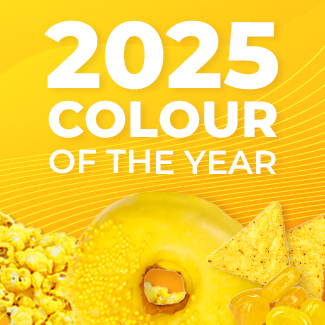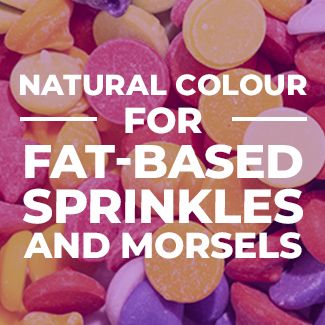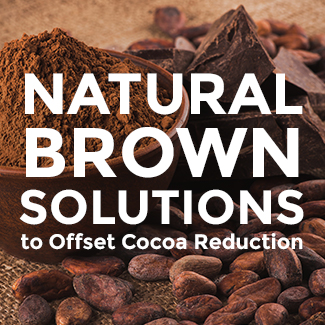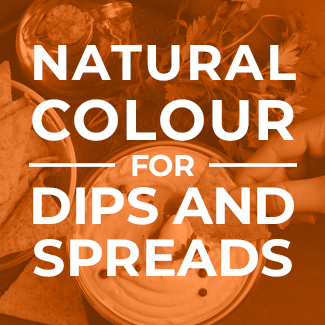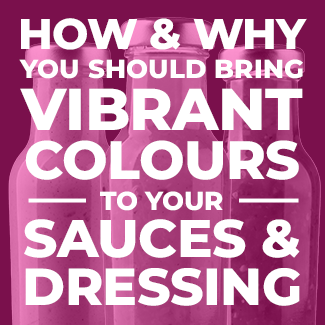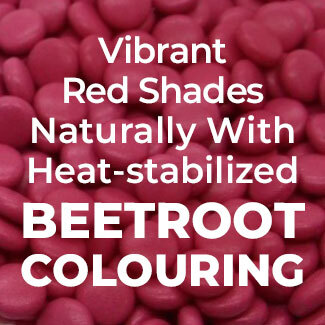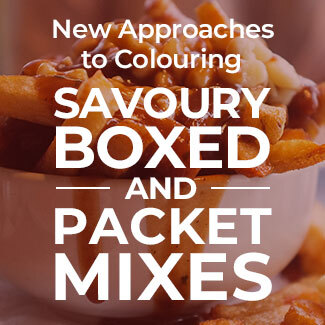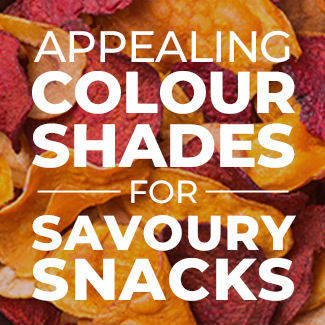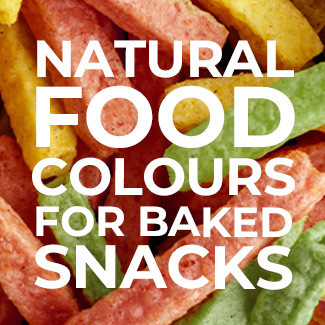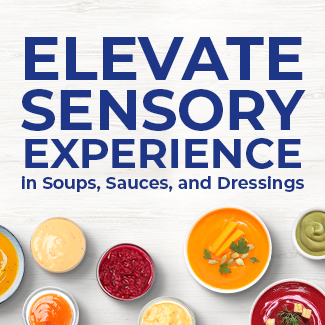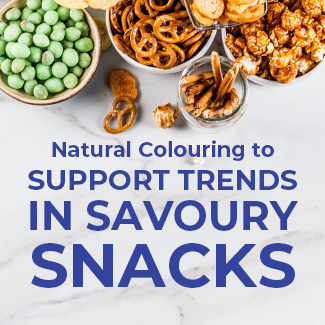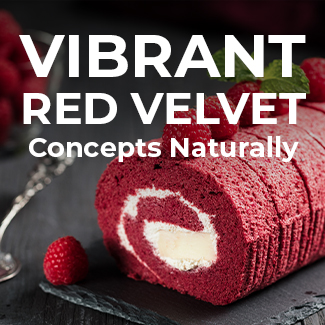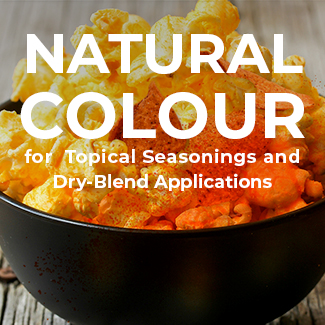Strategies for Achieving Cheesy Shades in Savoury Snacks
Snacking is on the rise as increasingly flexible lifestyles lead to the disruption of traditional meals, activities, and day parts. Even during COVID-19, consumer interest in snacking continues to grow. This is partly due to the desire for comfort food items, but also because family occasions are often associated with snacking. As families spend more time together, demand for at-home snack foods is on the rise.
However, even as consumer habits change rapidly, some things stay the same. From comfort food to cravings satisfaction, cheese-flavoured savoury snacks are popular with all ages. “Cheese flavours” are, in fact, growing in popularity.
Cheesy snacks may be the number one choice for consumers of snack foods; however snack consumers are concerned about artificial colours. Fortunately, advancements in natural colour technology and botanical sources make it possible for developers to achieve delicious cheesy and savoury shades in all snack applications without the need for synthetic colours.
“Cleaner” ingredients like natural colours carry a health halo as well, creating an opportunity for savoury snack brands. 61% of global consumers agree that chips made from “all-natural” ingredients are healthier than other chips (Mintel).
So how can developers impart the perfect cheesy snack shade for naturally coloured cheese puffs, cheese crackers, cheese chips, cheese popcorn, and more?
Natural Colour Strategies for Cheese SnacksThere are two strategies for adding cheesy colour to salty snacks like chips, puffs, and crackers: one can either colour the base or the topical seasoning.
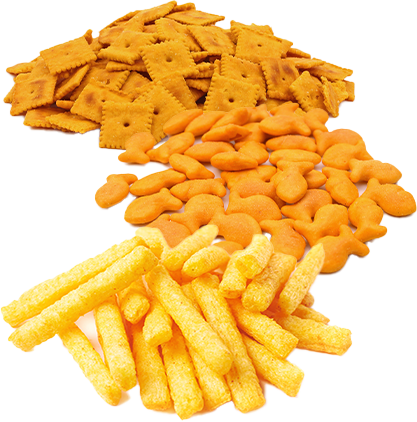 Colouring the Base
Colouring the Base
By adding colour to the base, brands can offer snackers a “tidier” snack. Snacks that allow consumers to keep their hands clean are popular for gamers, crafters, and others who just want a neater snack time.
The key challenge to colouring the base of a baked or extruded snack with natural colours is heat stability. In the cheesy shades space, we are fortunate that many go-to botanicals are inherently heat-stable. Colours like annatto, turmeric, beta-carotene, and paprika will look great in baked and extruded applications!
For a spicier flavour or a warm orange blend, extrusion and bake-stable carmine is a great red solution. However, with plant-based diets becoming increasingly popular, in Europe, 41-53% of consumers think that the characteristic of being made of all-natural ingredients is an important factor to consider a savoury snack healthy (Mintel). Carmine is not compatible with plant-based or vegan diets, so a botanical alternative is often desired. A heat-stable beet solution like SupraRed™ offers a deep, bold red that can be blended with heat-stable natural yellows to reach cheesy orange shades.
Colouring the cheese seasoning slurry with Sensient’s the AET Cheezem™ technology, which creates a single, stable emulsion of natural colours to create a deliciously cheesy colour that can be sprayed onto chips, puffed snacks, extruded snacks, and more. 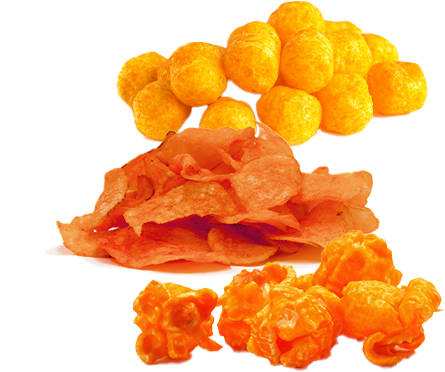
Often, cheesy snacks are associated with highly coloured seasonings because it ends up on snackers’ fingers. In 2015, Cheetos™ even announced through their brand mascot @ChesterCheetah on Twitter that “Cheetle is dust that sticks to your fingers when eating Cheetos. More magical than pixie dust.” They choose to leverage the messy ‘experience’ as an integral part of their brand. This is one example that demonstrates the importance of colour to brand identity.
To add colour to a topical seasoning, you need to plate the colour on top of the seasoning and then coat the snack with seasoning. Sensient’s Microfine™ technology was originally developed specifically for this application: replacing synthetic lakes in topical, powdered, and plating applications to meet consumer demand for natural colours. Today, this natural colour solution enables developers to unleash nature’s full rainbow for topical seasoning applications from fiery reds, to classic orange cheddar, to bright Swiss shades and beyond.
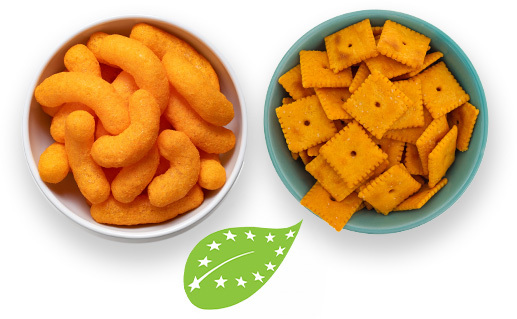
Clean Label Colours
While research shows that synthetic colours are safe for human consumption, label scrutiny and consumer demands for naturalness continue to grow. The next step in this “all-natural” evolution is extra-clean labeling like organic certification.
One third of consumers feel that “organic” is an important attribute when choosing better-for-you snacks
(Mintel 2019)
Similar extra-clean colour solutions are available for colouring either the base or the seasoning in savoury snack applications. Within the Sensient’s Microfine™ portfolio, many different natural shades are available for your application
For those who don’t need a full organic designation, but are still looking to create products that comply with strict “no-no” lists of prohibited ingredients, Simplifine™ offers preservative-free and clean carrier natural colour solutions with the same technical advantages as Microfine™.

Cautious consumers are also putting a closer eye to food safety and ingredient traceability.
Traceability is a major benefit of a global seed-to-shelf agronomy program. For example, Sensient builds lasting partnerships throughout the annatto supply chain down to the farm level, ensuring a stable and growing supply of this key botanical. Our operation in Peru works closely with local farmers to create programs in the local community that create a positive and meaningful impact while also obtaining fresh annatto seed supply for our extraction facility.
If you have questions about any of our botanical sources or want project-specific advice for your next cheesy snack formulation, reach out to schedule a consultation! If you’re ready to sample one of the solutions above, go ahead and request a sample to get started.






